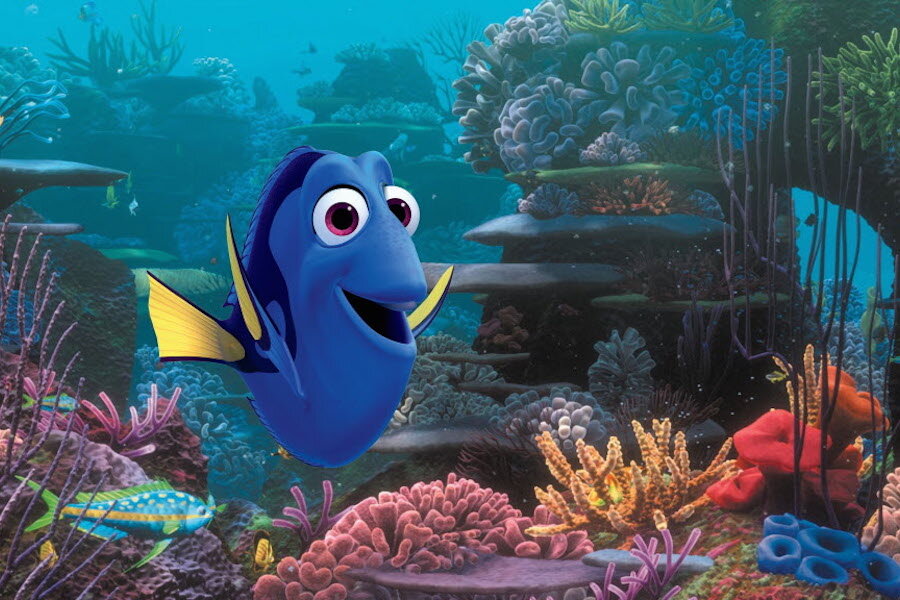Farming Dory: Movie-star fish bred in captivity for the first time
Loading...
After the release of Pixar’s “Finding Dory” last month, the buzz was not simply about baby Dory’s big eyes. Just as many words have been spoken about the so-called "Finding Dory" Effect, which describes the expected spike in Pacific blue tang sales after the movie’s release.
We saw the same pattern with clownfish after “Finding Nemo,” and even with Dalmatians after “101 Dalmatians,” owls after “Harry Potter,” and turtles after “Teenage Mutant Ninja Turtles,” according to a National Geographic PSA video.
Newfound love for Dalmatians, owls, and turtles was a boon for breeders. But the impact of heightened demand for the Pacific blue tang is different, because the cobalt swimmers can't be procured from breeders and instead must be harvested from the wild – at least, until now.
Biologists and aquarium keepers alike worry about significant depletion of the Pacific blue tang’s population in the wild because, before a recent breakthrough, “no one had ever produced [a Pacific blue tang] in captivity,” Craig Watson, director of the University of Florida Tropical Aquaculture Lab, wrote for Rising Tide Conservation.
Rising Tide and the UF Aquaculture Lab began working on this project together six years ago, long before Pixar announced “Finding Dory.”
Challenges with breeding Pacific blue tang do not occur during spawning or hatching, but during the fish’s initial growth. “If the parent's nutrition isn't just right, the yolk won't be enough, or of the right quality, to carry the larvae through,” Mr. Watson writes. “Water quality, including temperature, is critical, and if anything goes wrong they can be gone in hours.”
The breakthrough came when Chad Callan and his team at the Oceanic Institute of Hawaii Pacific University successfully bred the first Yellow Tang, a species in the same family as Pacific blue tang, in late 2015. Two biologists at the University of Florida, Eric Cassiano and Kevin Barden, replicated Dr. Callan’s methods, and after 51 days of work, the team photographed the first captively-bred baby Dory.
“Anytime you can breed anything in captivity and not have to touch the wild, I’m 100 percent for it,” says Roger, owner of an aquarium and aquatic life store in central Massachusetts, in a phone interview with The Christian Science Monitor. Roger chose to withhold his last name.
“These are animals that people want in their homes,” Roger says. Perhaps, he suggests, Pacific blue tang breeding could one day boost depleted populations in the wild as well.
He says this could help business because an increasing number of people are conscious of how they affect marine and terrestrial wildlife and habitats.
So far at least, his store hasn't seen the same kind of demand for Pacific blue tang as for clownfish following the release of Finding Nemo.
“It could be the price tag on them,” Roger says. “The babies are running over $50.” According to Reef Builders, a 30-gallon tank and starter kit is around $700, and the fish will outgrow the tank in a few years. Roger says when “Finding Nemo” came out, the price tag on clownfish was $16. Clown fish can live in 10-gallon tanks, which are about a fifth of the 30-gallon price.
In the long term, captive breeding could theoretically help bring the price down to a more affordable level for a child's aquarium, but that likely won't happen for quite a while.
“The work with Pacific Blue Tangs is still not done; success is dependent on a number of steps still to go,” Watson writes in his statement. “We need commercial producers to be able to replicate the UF success. We need consumers to choose aquacultured Pacific Blue Tang because they want to speak with their wallets.”








